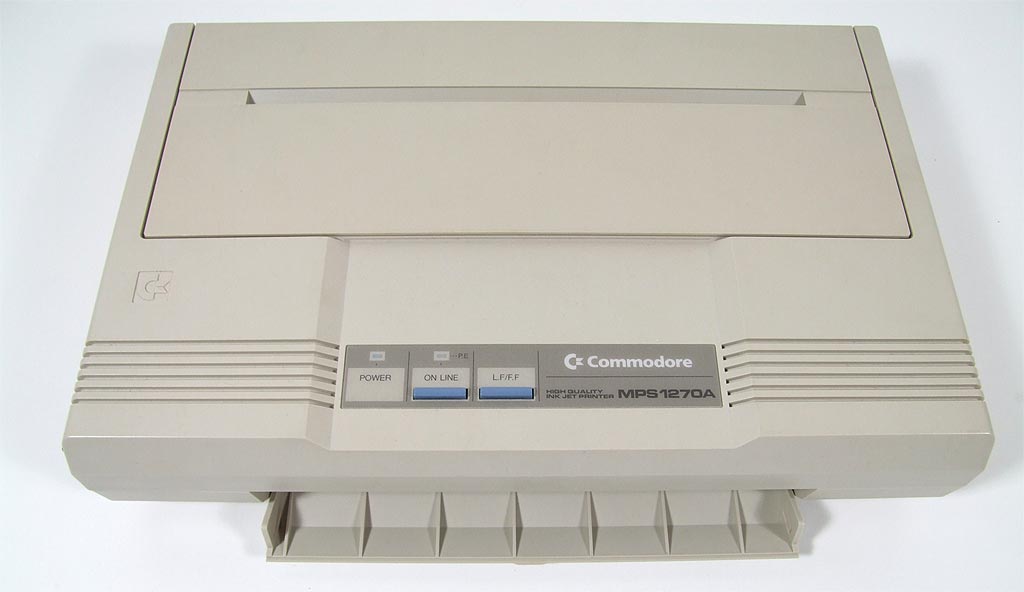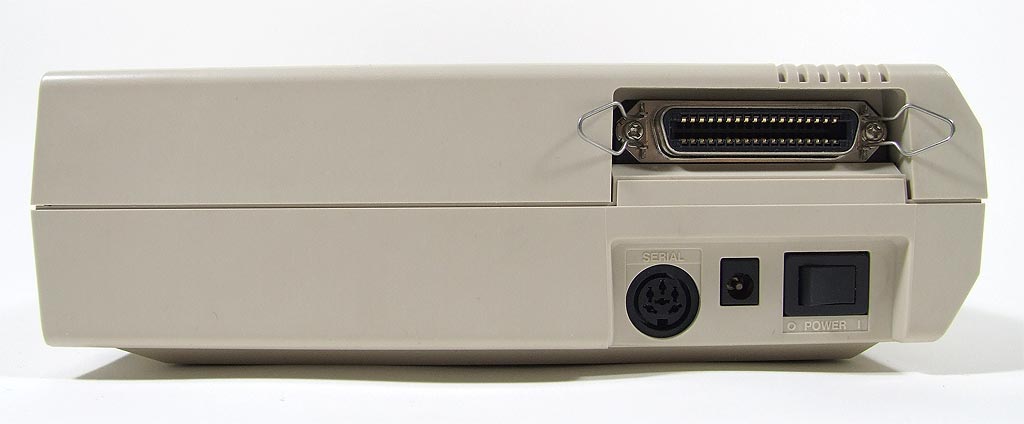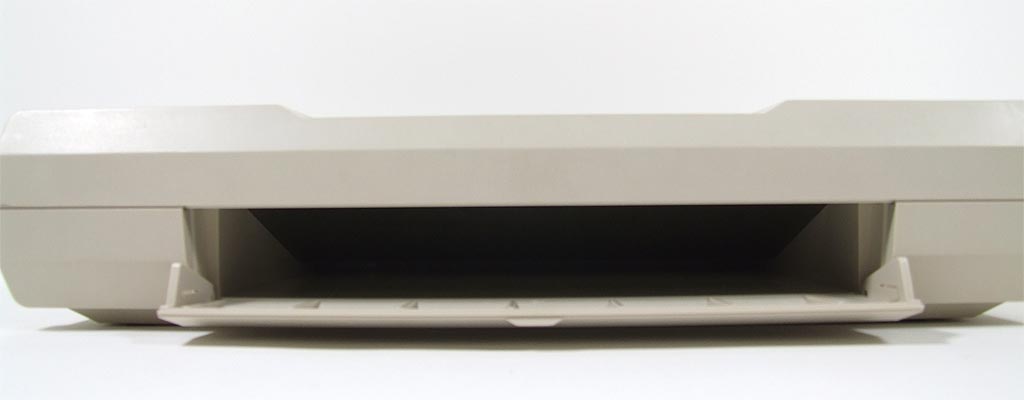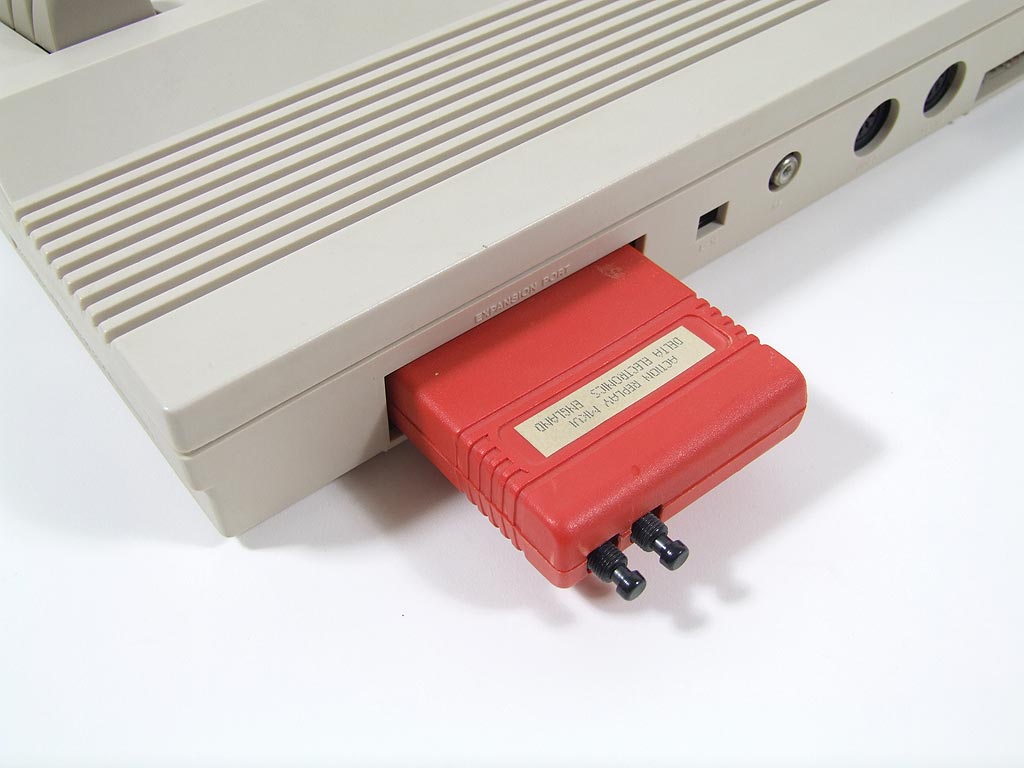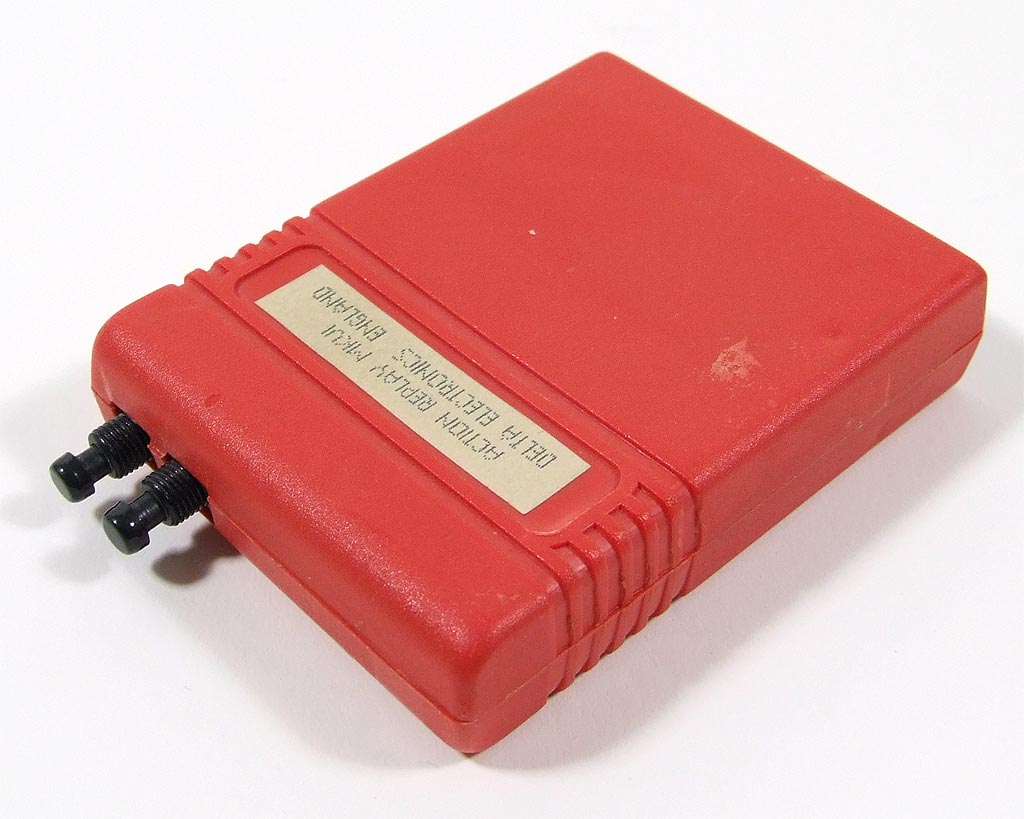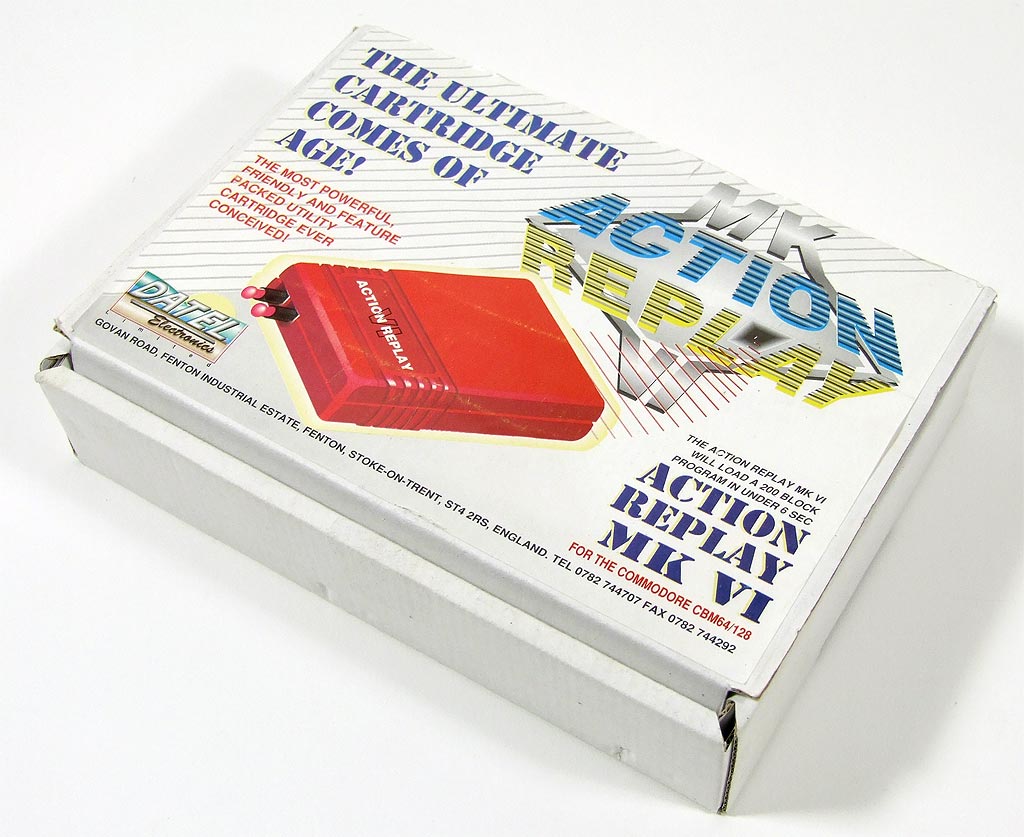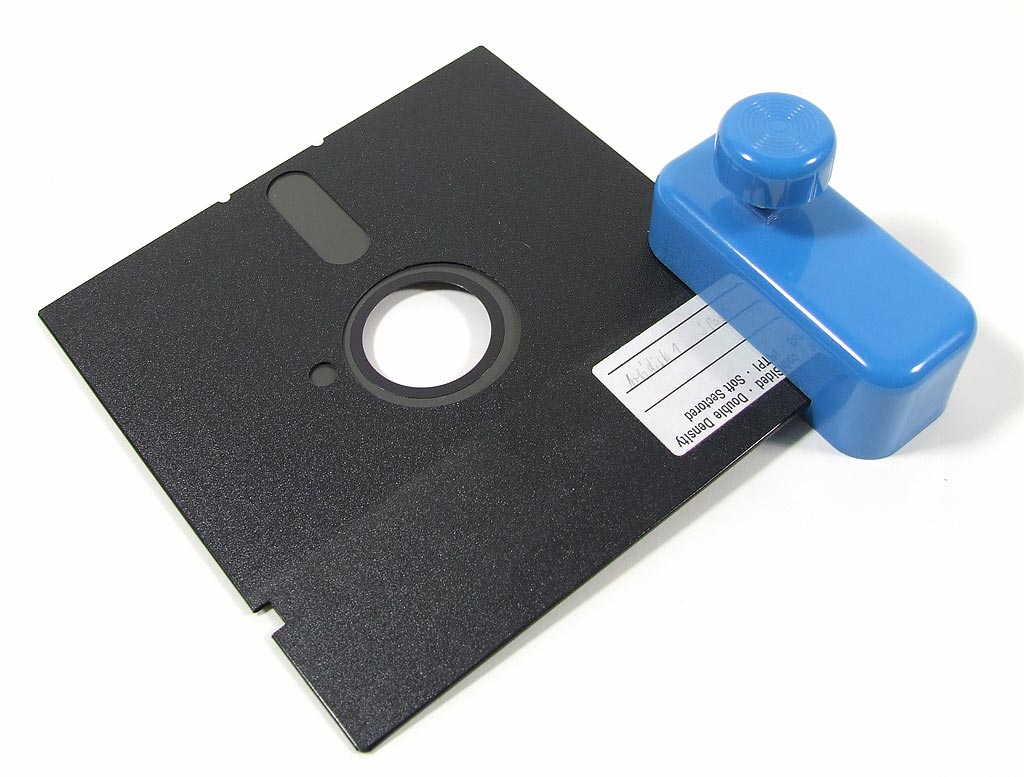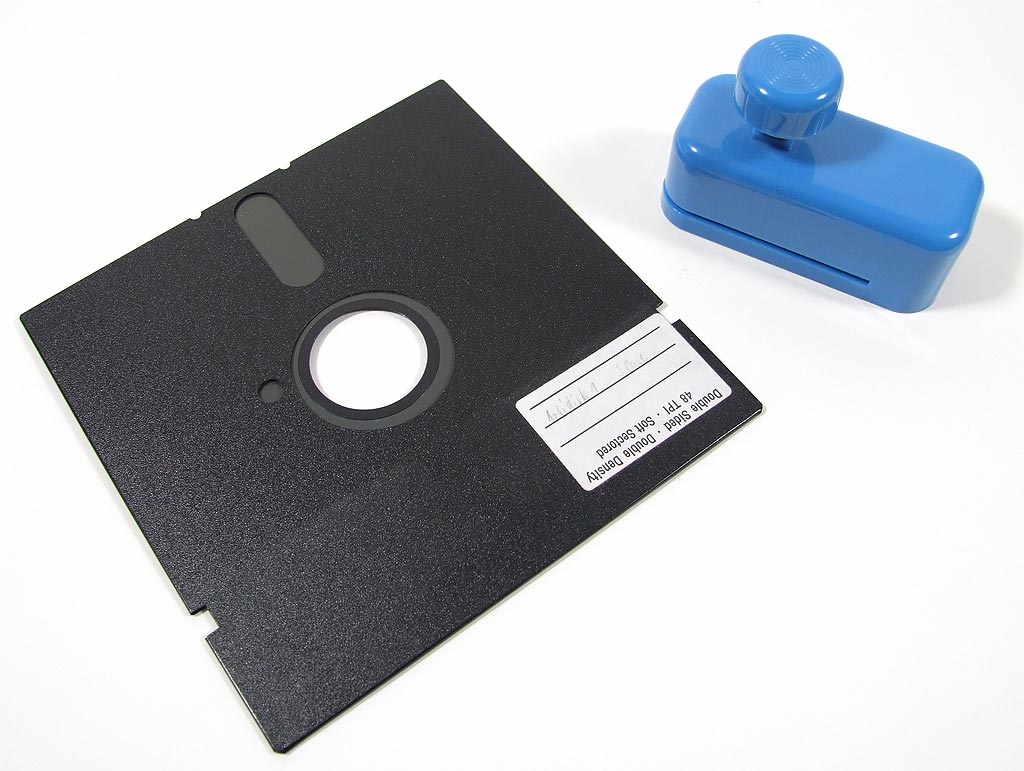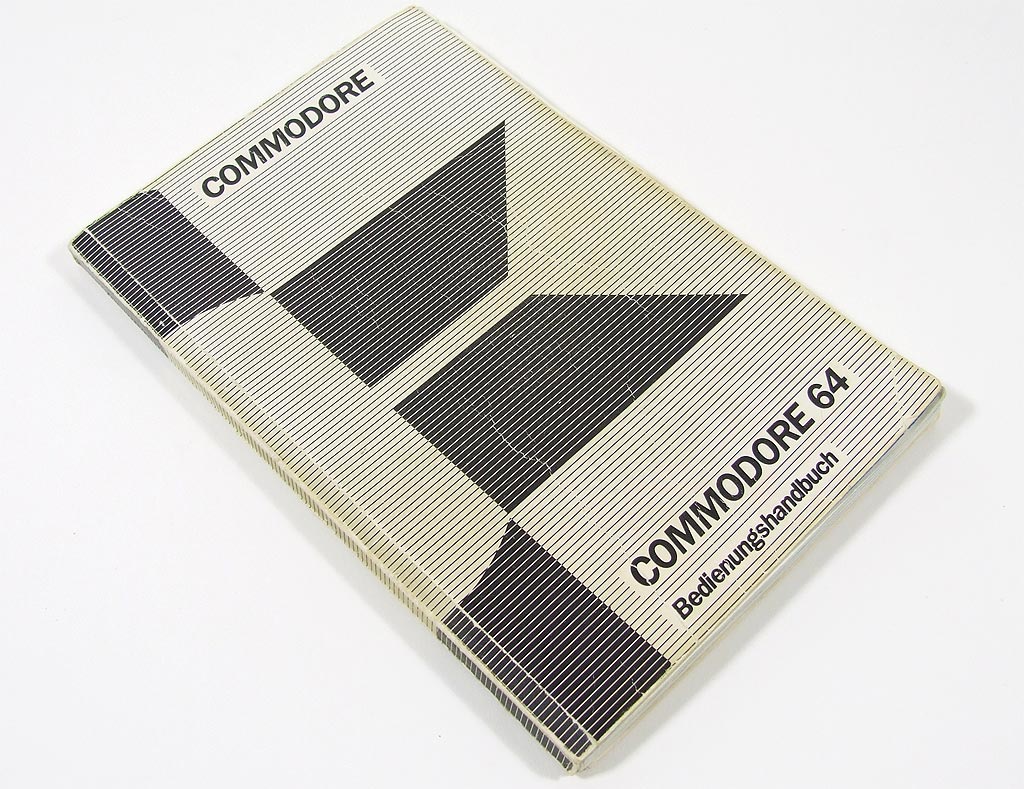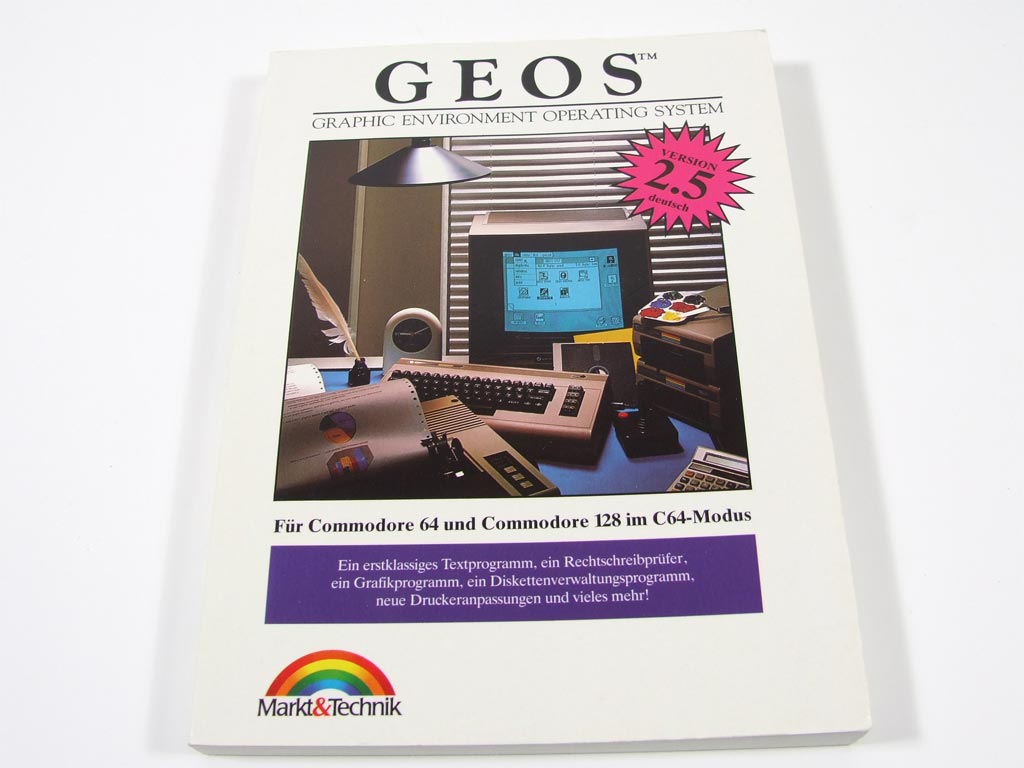Flashback: The Commodore 64 In Pictures
Inkjet Printer MPS 1270
The print quality from the Commodore MPS 1270 was lousy, even for its time. Dot-matrix printers from HP made better alternatives for many Commodore owners, though they too were pretty pricey.
MPS 1270 Inkjet Printer
The Commodore MPS 1270 inkjet printer worked through a typical Centronics printer interface (upper right). This also allowed this device to work with a conventional PC via a standard 25-pin parallel port.
MPS 1270 Inkjet Printer
The paper feed for the Commodore MP 1270 (A) inkjet printer was near the front/bottom of the device.
Expansion Module: Action Replay MK VI
By the end of the 1980s, more and more cartridges became available for the Commodore 64. This particular cartridge, the Action Replay MK VI, was aimed at hard-core gamers, who might want to save games in progress, or turn off particular sprites within some games.
Expansion Module Action Replay MK VI
The Action Replay MK VI cartridge cost up to 200 DM ($100) when it made its market debut.
Action Replay MK VI Packaging
Here's a shot of the original box for the Action Replay MK VI.
Diskette Notcher/Punch
Anybody who remembers the C64 will recognize this tool. A disk notcher enabled users to turn single-sided 5.25" floppies into double-sided "flippies" that could store files on both sides of the media.
Get Tom's Hardware's best news and in-depth reviews, straight to your inbox.
Diskette Notches
You didn't really need a special-purpose diskette notcher to do this job. A regular pair of scissors would also suffice.
Original Commodore C64 User Manual (In German)
For the vast majority of Commodore C64 owners this manual didn't provide anywhere near enough information. Though the original book included fundamentals of BASIC programming and some device information, it was too sketchy to do users a whole lot of good.
The Graphical Environment Operating System (GEOS)
Way ahead of its time: at the end of 1986, every Commodore C64C shipped with a copy of version 1.2 of the graphical operating system GEOS. Its user interface included applications such as GeoWrite (for text processing) and GeoPaint (for graphics and image editing), that looked and worked much like similar Macintosh programs of the day.
-
BallistaMan I thoroughly enjoyed this article. 'Twas a great read for all the "newbies" like me who can't remember much beyond when CPUs were around the 100MHz range.Reply
It's amusing that people were actually quite productive with these things. I know I could never do it. xD -
A nice blast from the past, remembering all the hours wasted doing nothing but rebooting and playing with 10 print... 20 goto 10... etc :)Reply
-
neiroatopelcc Last month I found an old C64 magazine dated februar 1989 in a pile of stuff at home, and I started browsing some of it. It's funny to see that nothing much has really changed since then - except for speed.Reply
The cdrom drive has existed since 86, and since 87 or 88 you could get an adapter for your c64 so you could use an audio cd to load software the same way you use your tape ... also I was surprised that a 30mb seagate harddrive only cost 500DM - I would've expected more considering I hadn't even heard of a harddrive at the time. And 30mb was afterall massive compared to the storage on a 5,25" floppy.
Nice lookback to the old stuff though :)
-
arkadi Grate article,Reply
I am sure if i look hard, I will find mine some ware.
To bad no benchmarks lol -
Wow lots of memories there loved the article. Back in the day i liked the Atari systems.(i miss those for some reason)Reply
I remember spending two days on a program inputting all that code for a frog that went beep and waived its arms.
But that was my dads computer my first was an 8088(my first intel pc)from there was a 386sx 16mhz with turbo 1mb ram a 45mb hard drive, brand new vga monitor and the state of the art sound blaster(with Dr. spatso) anyone remember that. -
loftie Ahh this brings back some memories! We had two C64s - the sound went on the first one :( I just remember playing Wizard of Wor, Crystals of Zong and CJ's Elephant antics.Reply
No overclocking? ^^ -
LightWeightX I had a C128 and a C64. My first "IT" job was repairing C= computers. I also ran a C-Net BBS. Ah the memories, single sided floppies,300 baud, typing in programs from magazines, 5 minute load times, life was simple.Reply -
TechDicky C64? No sir... had a couple of friends with them... Me and my old man, where hardcore Trash-80 guys... had the original grey one and then later a CoCo (Color Computer) II. He was a hardware guy. piggy backed memory to make it double what RadioShack offered. Made a cartridge with an eeprom and a thumb switch so that we could dump cartridges to audio cassette and then reload the "backups" anytime we wanted, to the eeprom cartridge and then run it from there... hah, must have taken like 30 minutes to load from audio cassette. At the time I was mostly just playing with the software side. Writing programs in Basic, etc... at first text only, then I learned to do graphics (if you would endulge me and let me call them graphics). Those were the days... I still have a "Hot CoCo" magazine somewhere... and a "Radio-Electronics" magazine with a TRS-80 grey box 4k of memory I think... advertised for something like $800... hah, to think...Reply -
jcknouse the original (tan box, dark brown keys) C-64 was my first real computer. I still have both a working C-64 and C-64 C, as well as 3 1541 floppy drives and a 1702 monitor and tons of 5.25" disks (of which 90% probably don't work now due lol).Reply
I loved the thing, and bought an interface a while back to hook it to a PC so that I can burn all the C-64 software I have (that still works) to CD and can re-claim it anytime I want.
I miss the days of Karateka, Temple of Aphsai, Pirates, Zork, and...ah yes...GEOS.
